Latest Posts by yakumofujiibr - Page 7

Mico-estrela pego literalmente no pulo. Quando viu que estavam dando frutas para os outros, não deu bobeira. (em Clube Naval de Brasília)

Takoyaki (Bolinhos de polvo) com cobertura de molho e raspas de bonito torrado (katsuobushi). Adorado no Japão, especialmente pelas crianças. Corre o boato de que é o prato principal da culinária da região Kansai, mas na verdade é difícil ver uma região do Japão que não venda isso.

O sushi dispensa apresentações. Sempre que eu ia a um restaurante de sushi, meu primeiro e último pedido tinham de ser salmão, meu sabor favorito.

O sushi dispensa apresentações. Sempre que eu ia a um restaurante de sushi, meu primeiro e último pedido tinham de ser salmão, meu sabor favorito.

Doces japoneses que infelizmente não provei. Mas ainda impressiona pela apresentação.

Espetinhos de lula. Não é minha opção de lanche favorita, mas sempre que tem alguma feira ou evento (no Japão, claro) tem alguém vendendo.

Oyakodon (Donburi pai e filho). Vasilha donburi com arroz coberto com pedaços de frango e ovo por cima, daí o nome. É um prato simples, mas justamente por isso o favorito de muitos no Japão na hora de matar a fome.

Hyoko Manju. Muitos acham que este bolinho é lembrança de Tóquio, mas na verdade e de Fukuoka. O verdadeiro representante de Tóquio é, salvo engano, Tokyo Banana (pelo menos foi o único que tinha Tóquio no nome) Ainda assim é uma ótima lembrança: sabor suave e agradável, ótimo para o chá da tarde. Ou qualquer outro horário. :)

Bolinho de matcha (chá verde em pó) Da culinária japonesa, um dos meus sabores favoritos: nem muito forte, nem muito doce. Ótimo sozinho ou acompanhado de café ou até mesmo chá.
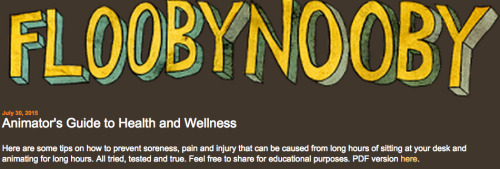

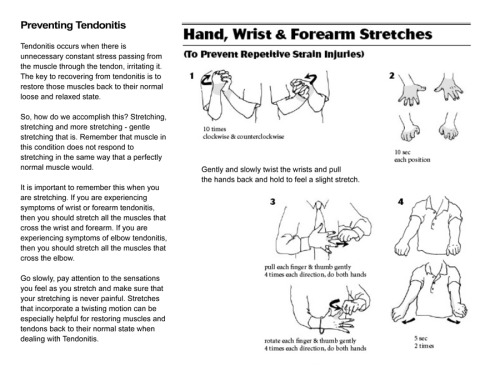

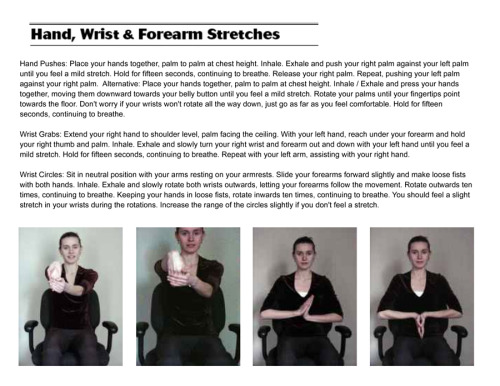

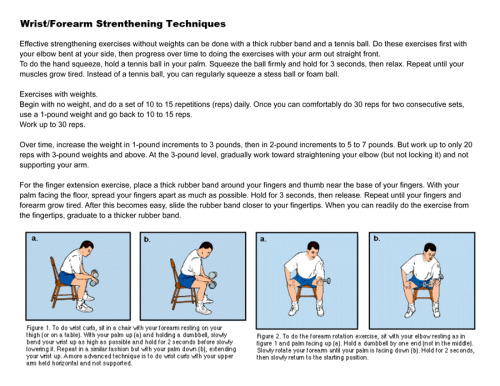
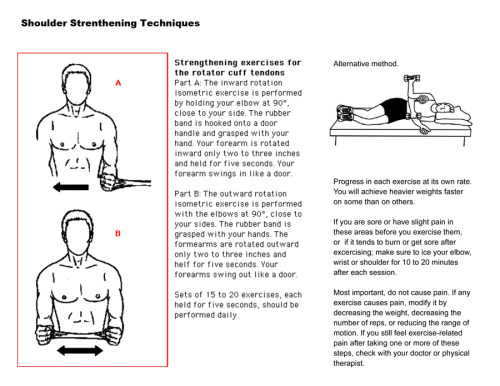
I canât stress enough the importance of stretching your hands, and forearms every morning and every evening, spend 5-10 minutes going through a stretching routine. These are very easy to do, takes little time to do them. Itâs VERY common in all animation studios. Conditions can slowly develop, the most typical one is Repetitive Strain Injury, itâs a prevalent condition resulting from overusing the hands to perform a repetitive task, such as typing, clicking a mouse, writing, and of course drawing. In simple medical terms, repetitive strain injury (RSI) stems from prolonged repetitive, forceful, or awkward hand movements. The result is minor damage to muscles, tendons, and nerves of the neck, shoulder, forearm, and most commonly hand and wrist, which can cause pain, weakness, or numbness. If youâre feeling some pains, tingles, weakness, or numbness in the wrist/forearm; one of the best ways to heal quickly are âContrasting Bathsâ. What crazy voodoo am I speaking of? A couple different physiotherapists and massage therapists had recommended this technique to me several years ago, and for anyone I knew that tried it, they all say the results are fast and effective. Commonly used by carpal tunnel suffers, itâs a method of treating muscle soreness, swelling and inflammation, itâs also known as Hot/Cold Immersion Therapy. You can use the double sink in your kitchen at home, if you donât have one, then get your hands on two very large identical bowls, it needs to be big enough to submerge your entire forearms from wrist to elbow. Fill one up with ice cold water (with a couple dozen ice cubes floating in there). The other with very warm water, not tea-kettle boiling hot water, just hot tap water, or as warm as you can handle, no sense in burning yourself of course. Have a stop watch or clock ready, and submerge your arms for 30 seconds in the hot, then switch to doing 30 sec. in the cold, and repeat a few times back and forth, 30 sec. a piece. After only a few times youâll notice the hot water getting cooler and the cold water getting warmer, so then the technique grows to be less effective, but by then, the job is done. The idea is that the extreme heat and cold contracts and expands your blood vessels, promoting greater blood flow to circulate and flush through your arms, and increased blood flow is what aids in healing faster! Enjoy!
[Source]






Vitali Timkin - https://ru-ru.facebook.com/people/Vitaly-Timkin/100001197402104

Teiwa’s secrets by Lapis-Razuri










吉田 博

Nada como receber uma visita matinal de um aranhossauro. Credo!

burrowing owl!
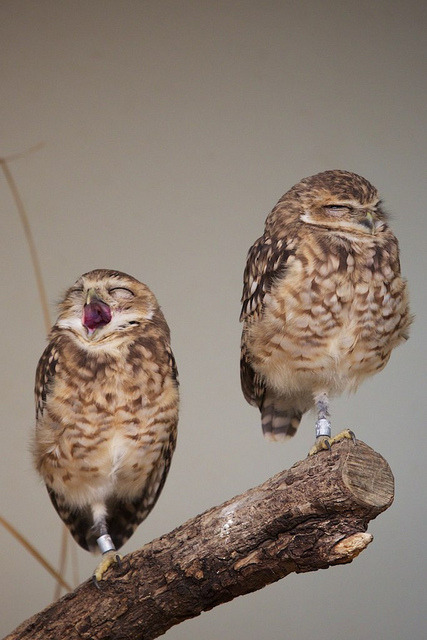
yawn & sulk by nimble.lynx on Flickr.

A burrowing owl (Don DesJardin)

SLEEPY – Burrowing Owl/Salton Sea/2011/©Bryan Konietzko
This is not only a personal favorite of my photos, but it was also one of my favorite photography experiences. Mac Danzig first took me out to the Salton Sea in California to show me the ropes on photographing burrowing owls and birds in general, and I got this and the previous shot a few months later when I went back on my own. Just hanging out with these birds, even without a camera, is a joy. They each had distinct personalities and varying and comedic reactions to my invasive presence. This little one was the most relaxed about it all. I think she (I *think* it was a she, but the real birders out there can correct me on that) didn’t feel like hunting and just wanted to crawl back in her burrow and go back to sleep.
More of my bird photos can be seen here.

Burrowing Owl babies by FrazerDan on Flickr.

Burrowing Owl
MIKE ROUSH / The Hidden Life of the Burrowing Owl / 5:16
I have always been fascinated by wildlife documentaries. As a kid I would take my mom’s camera and try and get as close to the neighborhood animals as I could. Most of the time this would mean long hours sitting motionless on the back deck with bird seed sprinkled on my lap and shoulders. I never got the shot I wanted, so when Chris and Shannon asked me if I wanted to make an animated film for Titmouse, I said yes before they finished asking.

Chris and Shannon Prynoski, Dik Pose, and I Line up a shot in the middle of nowhere. photo by Steve Kellener.

Early thumbnails of the burrowing owl.

Rough turnaround.
"Owl" was animated in Flash. I used a technique where I would animate traditionally very rough, then I would take a second pass cleaning up symbols that I would be able to reuse later. Most of the final animation you see in "Owl" is puppeted symbol animation with hundreds of symbols and a different puppet for each shot. This way I could get the detail and animation quality I wanted.

The Flash break-down on one of the owl puppets. Lots of feathers!
One of my favorite parts of making this film was having to get out of the studio and go on location. I found an amazing place in central California called The Carrizo Plain using google maps. I spent the weekends driving all around taking pictures and exploring. Fun fact: The burrow used in the short was an actual owl burrow. On one of the days I was taking photos of the burrow one hissed at me from inside the burrow with it’s rattlesnake like call. It scared me nearly to death.

This is how I made all the “live action” backgrounds. I drew a storyboard of what I wanted and photo collaged lots of pictures together to make it look like what I drew. Unfortunately these places don’t exist in real life.

Whenever the owl had to touch the flower or fork, I took hundreds of photos, cut them out in photoshop and animated them. Fun.

On location I used a couple stand-in models to get the lighting right and a maquette when animating for inspiration.
I had a great time making this film and when I was done we were lucky enough to show it at festivals around the world. After 4 years the “Owl” showed at more than 40 festivals, in over 25 countries.
Can’t wait to do another one.
Mike’s Tumblr
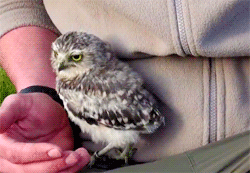
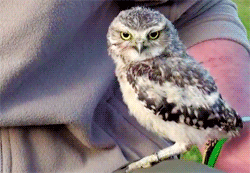
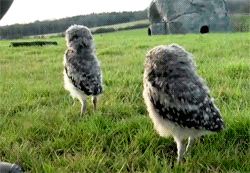


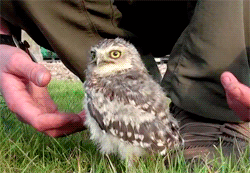


Linford and Christie the Baby Burrowing Owls.










Simply amazing
Postcards for Ants - Lorraine Loots


Holy shiiit I just found your blog and I adore the way you use color! I work with digital art a lot, and that's definitely the thing I struggle with the most. Bringing color into my lines and playing with different colors with shading has really been a challenge. Any tips??
thank you very much! color is actually something i have a really difficult time with, but i guess i’m not doing as badly as i thought? tbh, i use the same color palettes over and over again in my drawings, i just try to use them differently each time and hope that nobody notices…
my rule of thumb for choosing a color for lines, is that it has to be a darker value and it can’t clash with any of your other colors.

here you can see that having lines that are too light, or contrast too much with it’s surrounding colors looks really bad, and is frankly difficult to look at!
shading is also pretty difficult, but whatever you do, don’t take the color you’re shading, and just make it darker! you want to move either warmer or cooler to keep your colors from looking too flat.

(sorry if you already know this, but some people make this mistake!)
also, when in doubt, make your shadows cool! if you’re still not sure what colors to choose, just take a blueish grey, and slap it on top on a multiply layer.

if you don’t know how to make a certain color cooler, doing this basically does the hard work for you! once you get an idea of how to transition colors warmer and cooler, choosing your own without having to use the multiply layer gets easier.
when adding more colors into my lines, usually i just choose a color that’s darker than the region i’m coloring. i think it looks weird if the lines clash too much with the colors underneath, so i try to choose a line color that looks good over the flats, and the toned shadows.

i keep the original lineart color wherever i want to separate parts of the drawing. coloring only the inside of the hair separates it from the skin. keeping the original lineart color underneath the neck and where the back ear is, helps separate them from the rest of the skin, and breaks up it all up. how much you color or don’t color, can flatten or add depth to your drawing.
sorry this ended up being so long, but i hope i was able to help you even a little bit!

Em dia de sol, dá vontade de andar de bicicleta ou passear no lago. Melhor fazer os dois juntos então?

Sheikh Zayed Grand Mosque by Demiman

Short-eared Owl by altenae

Abu Dhabi, Emirados Árabes Unidos (em Observation Deck 300, Jumeirah At Etihad Towers, Abu Dhabi)